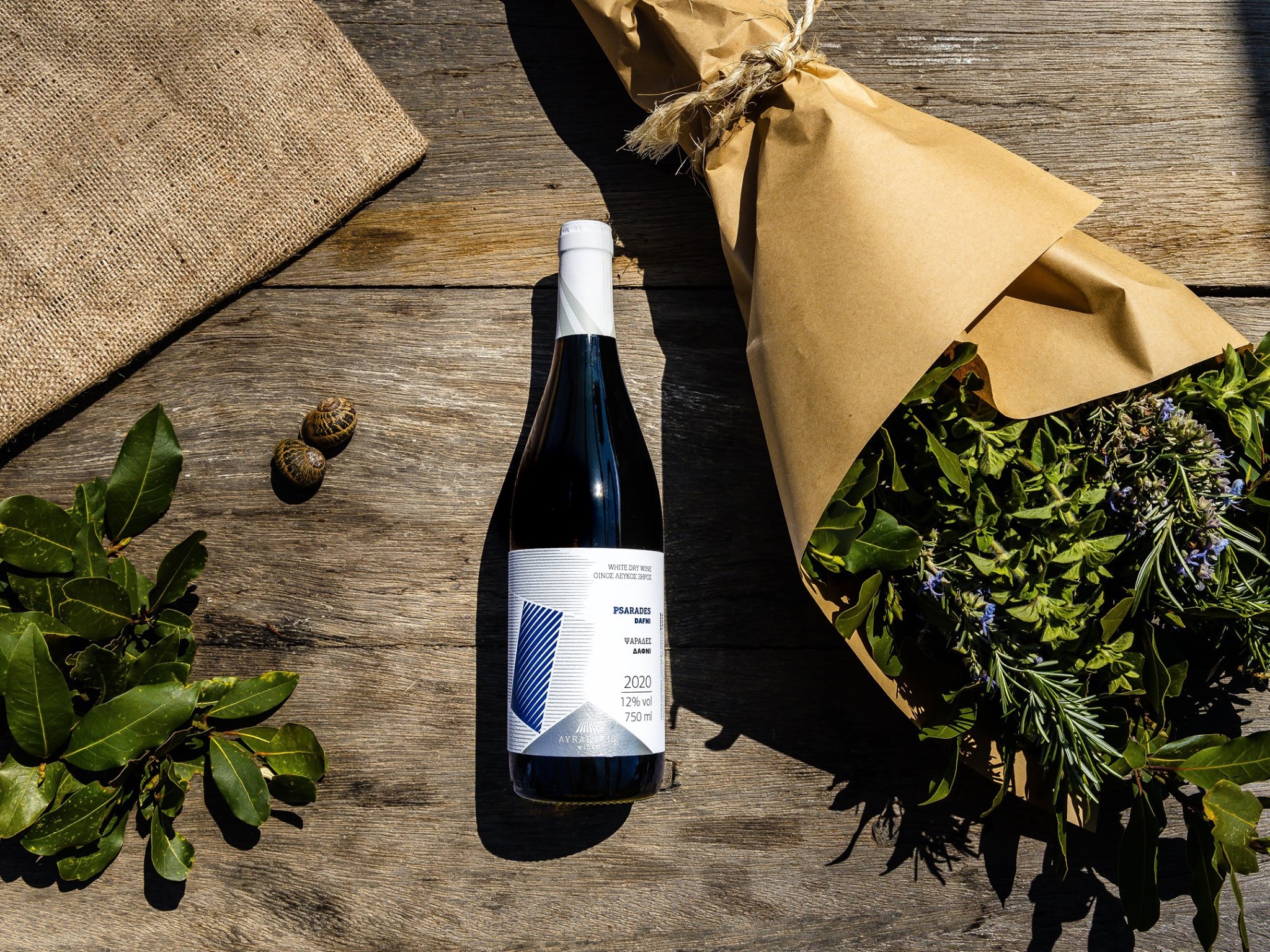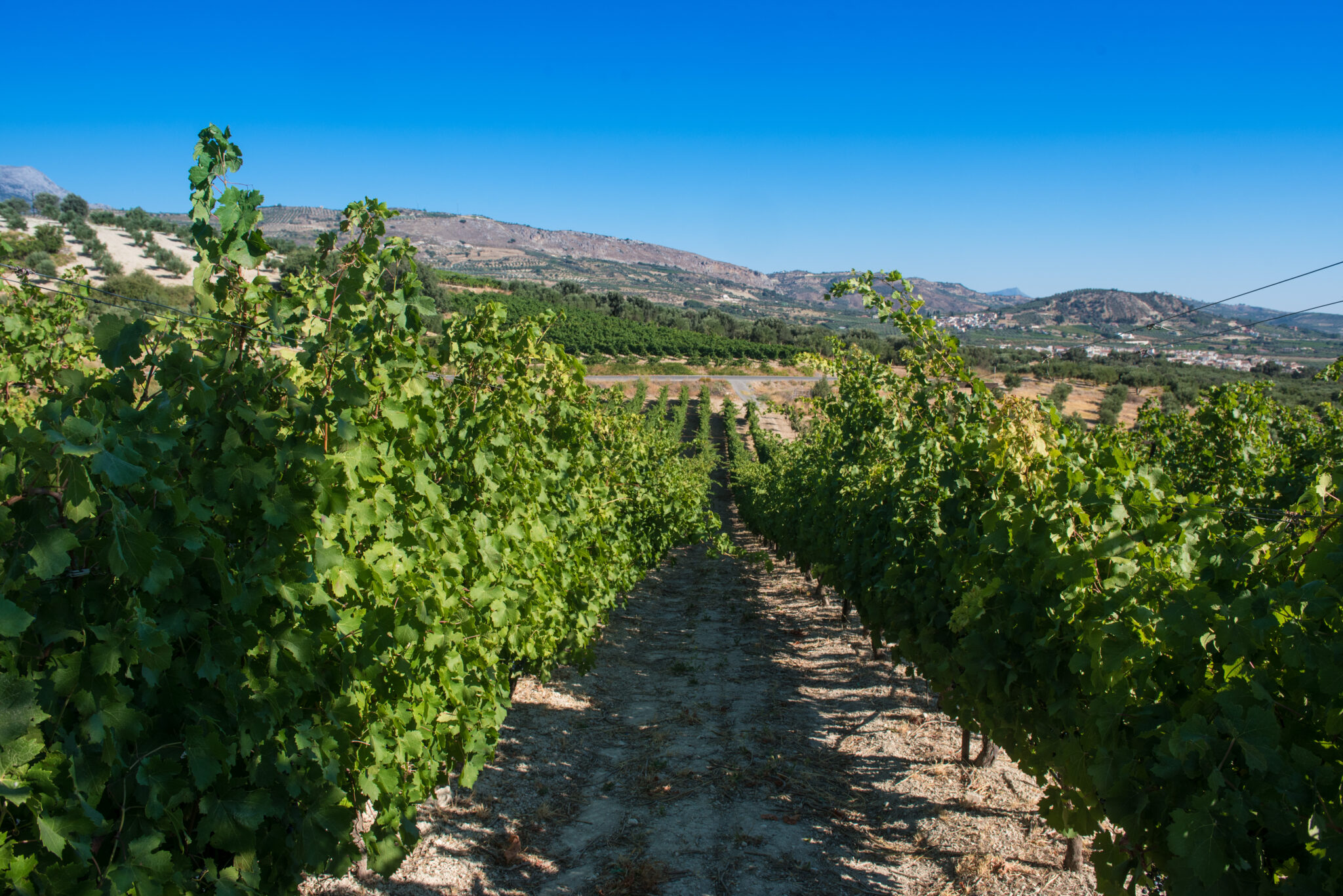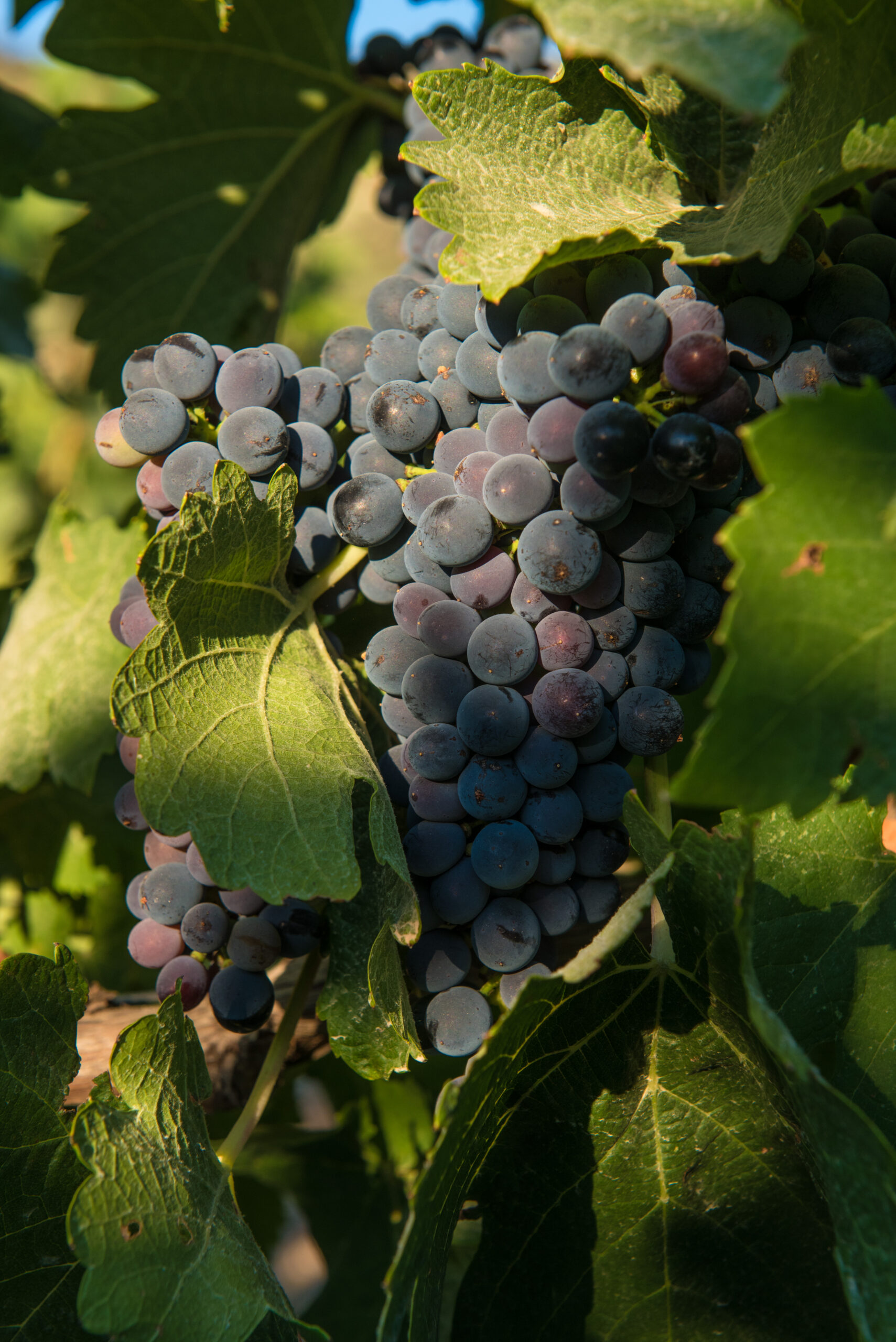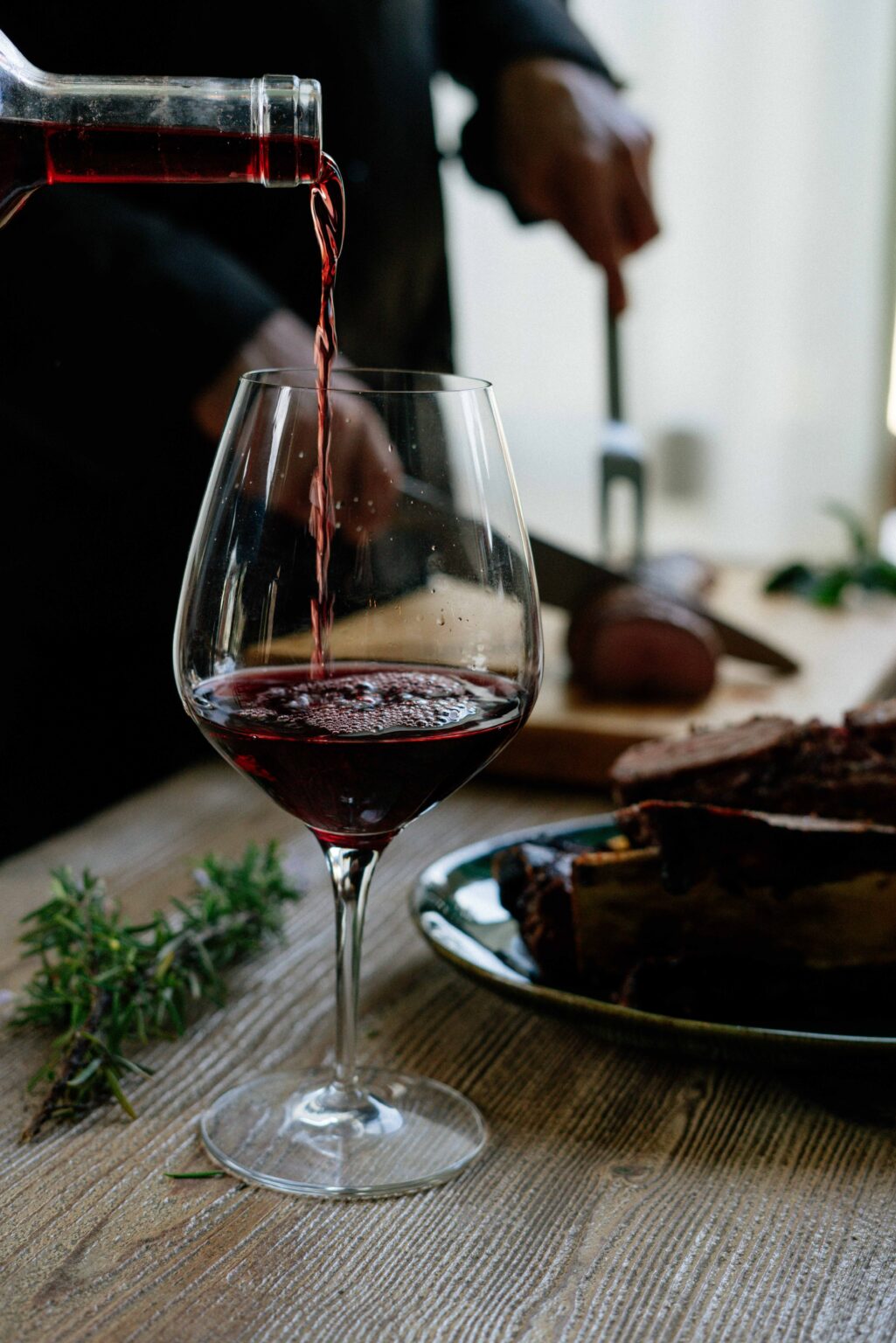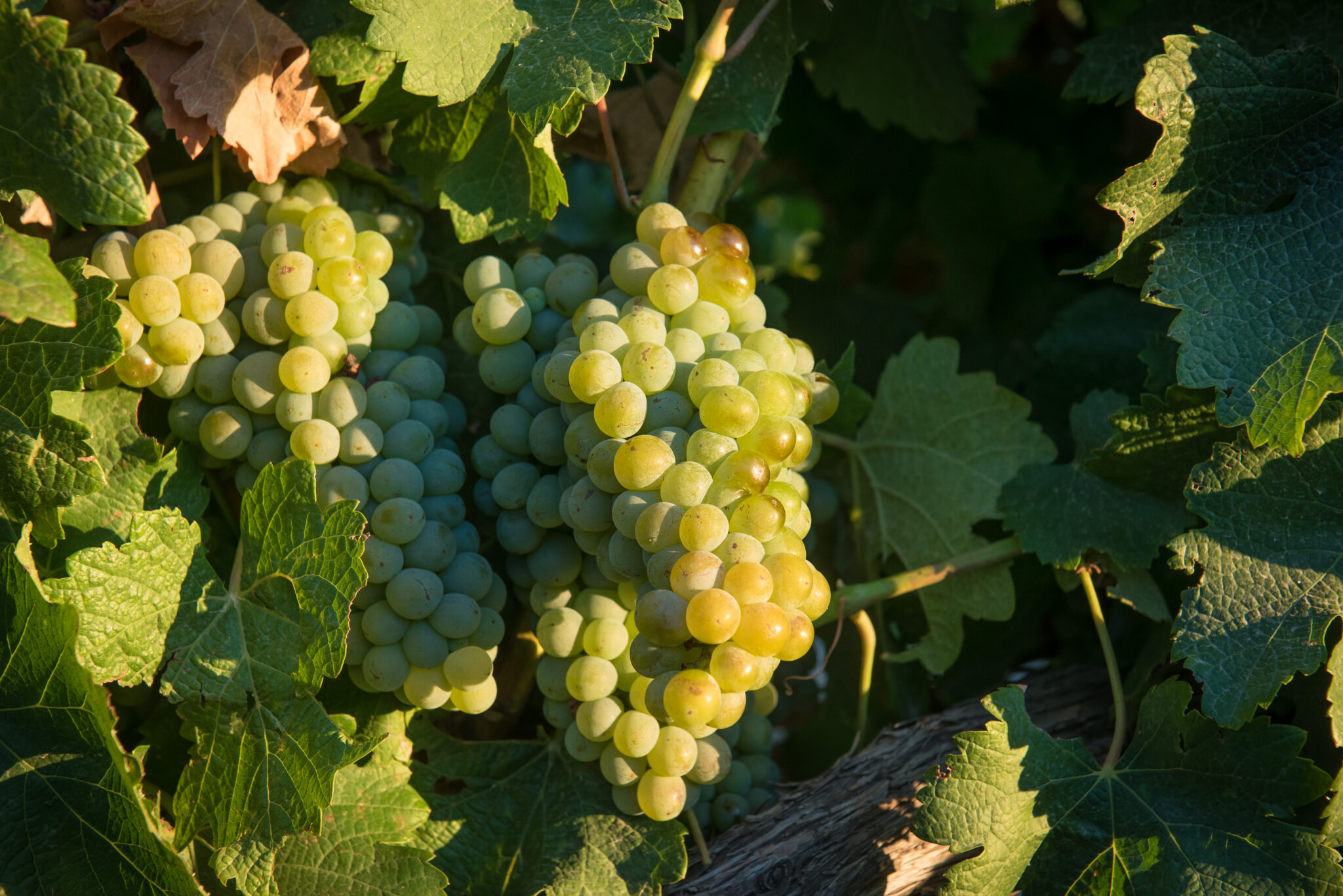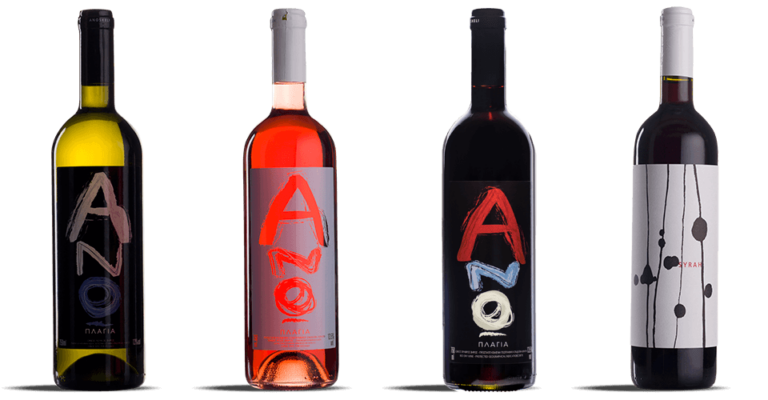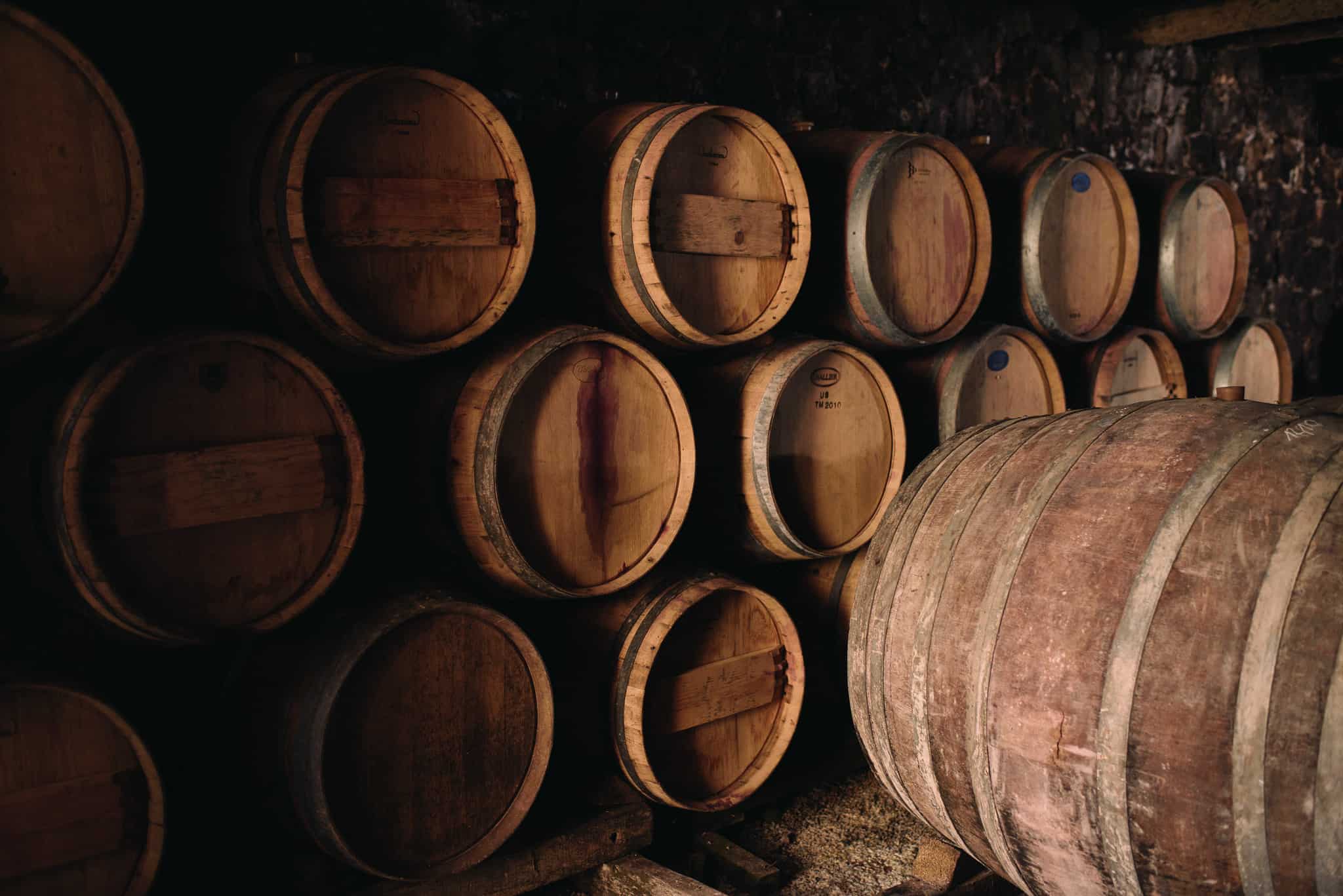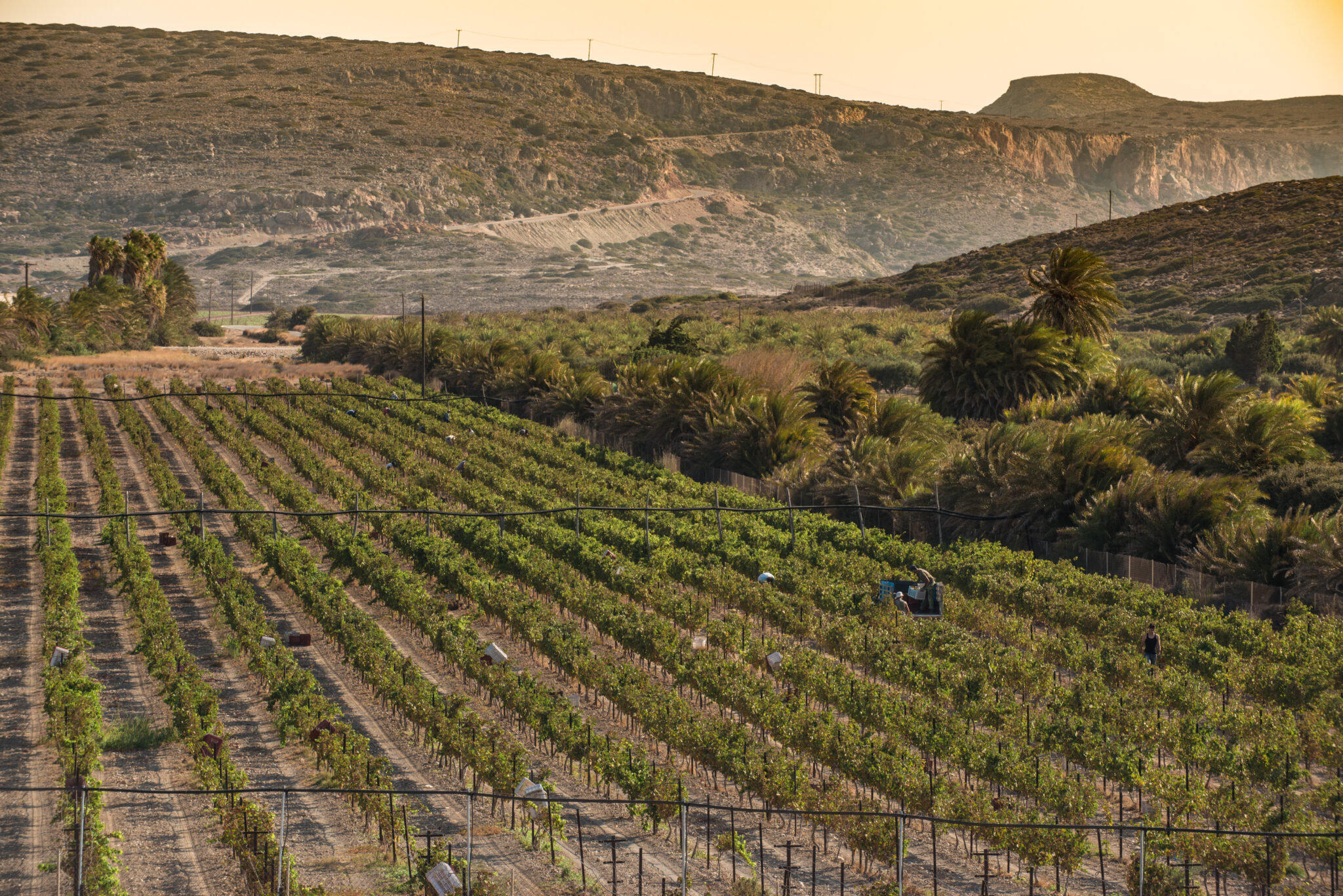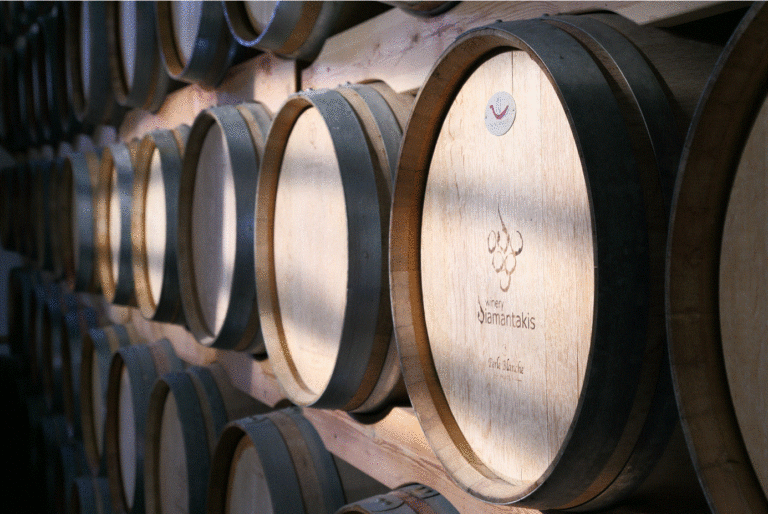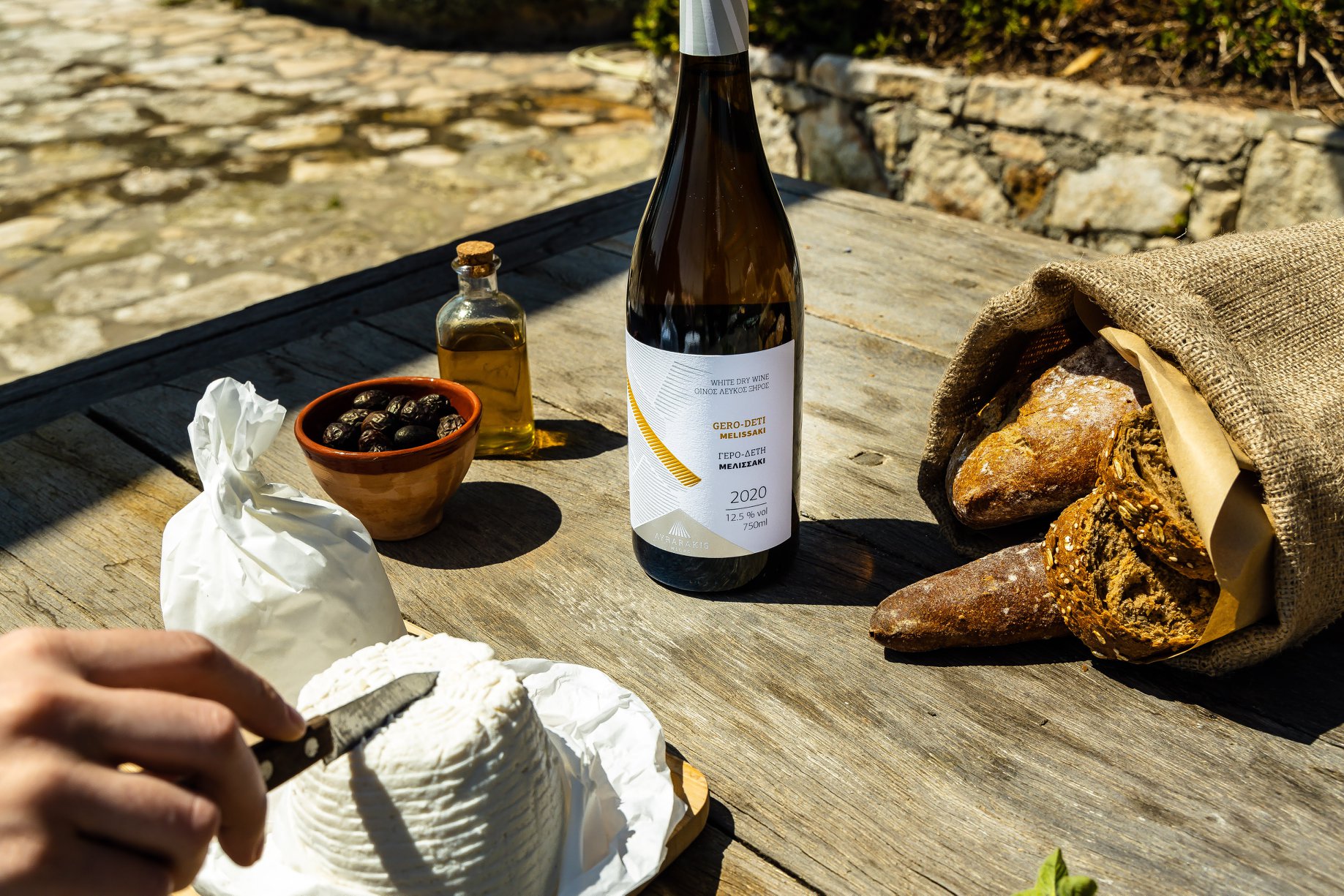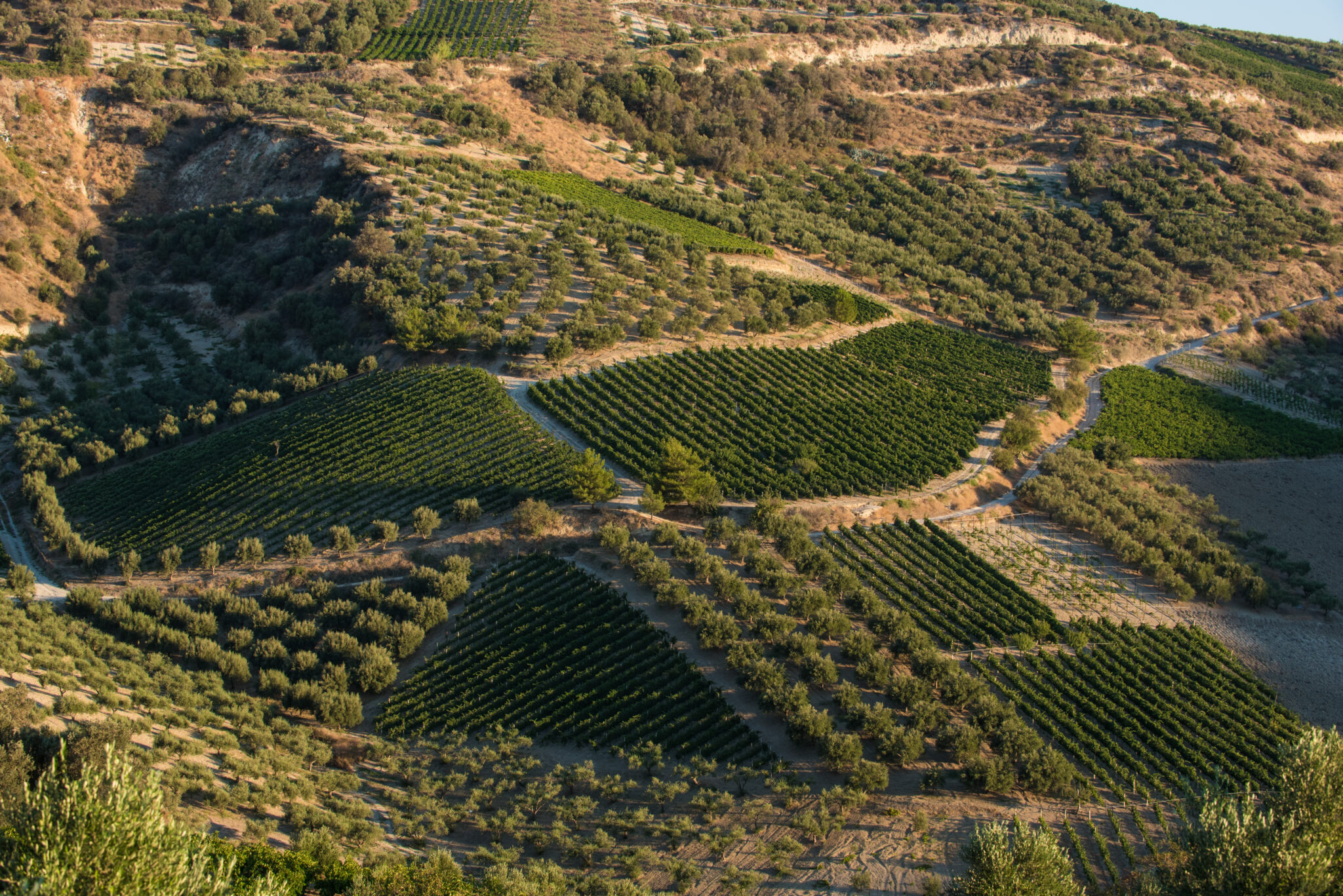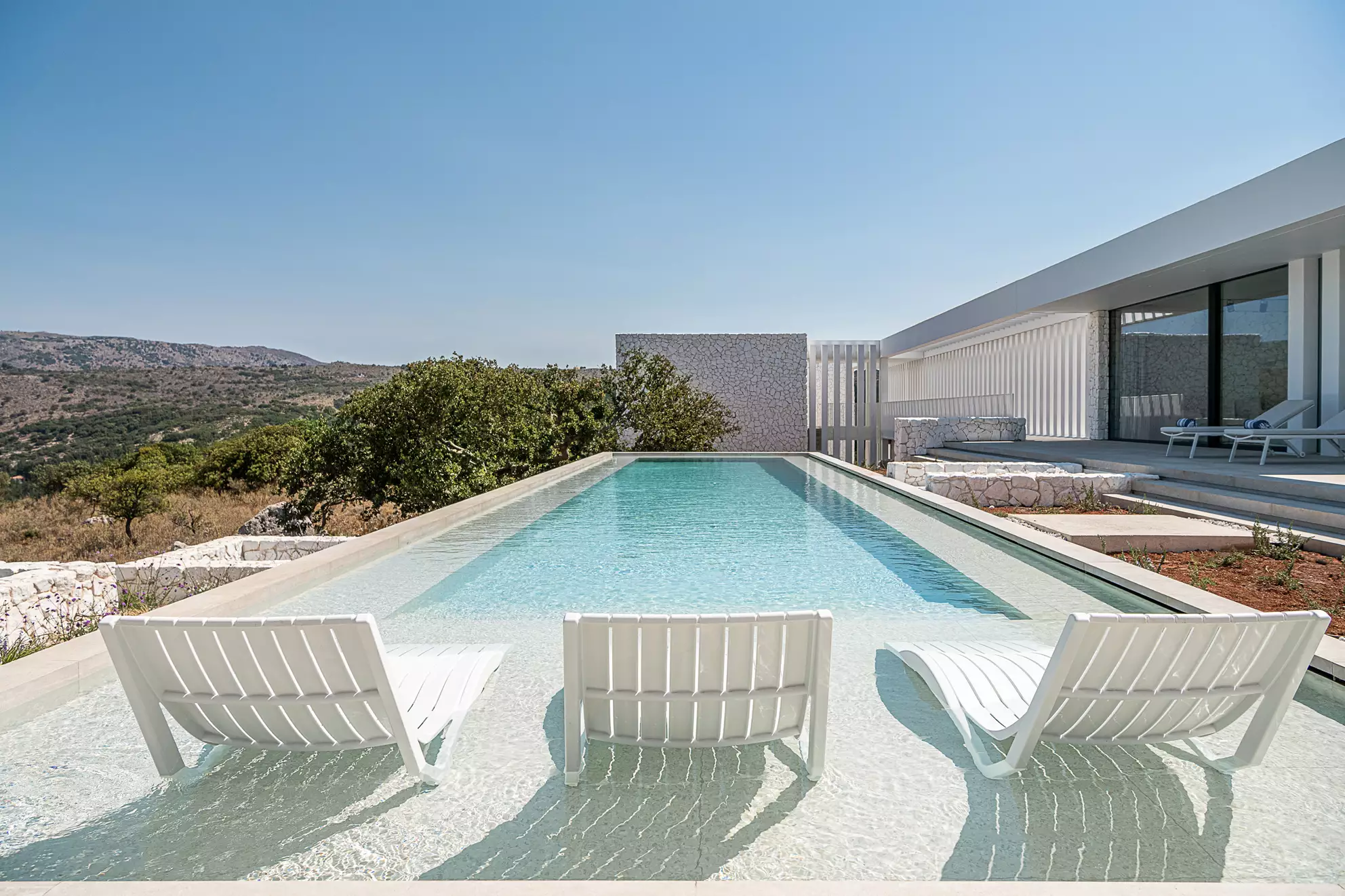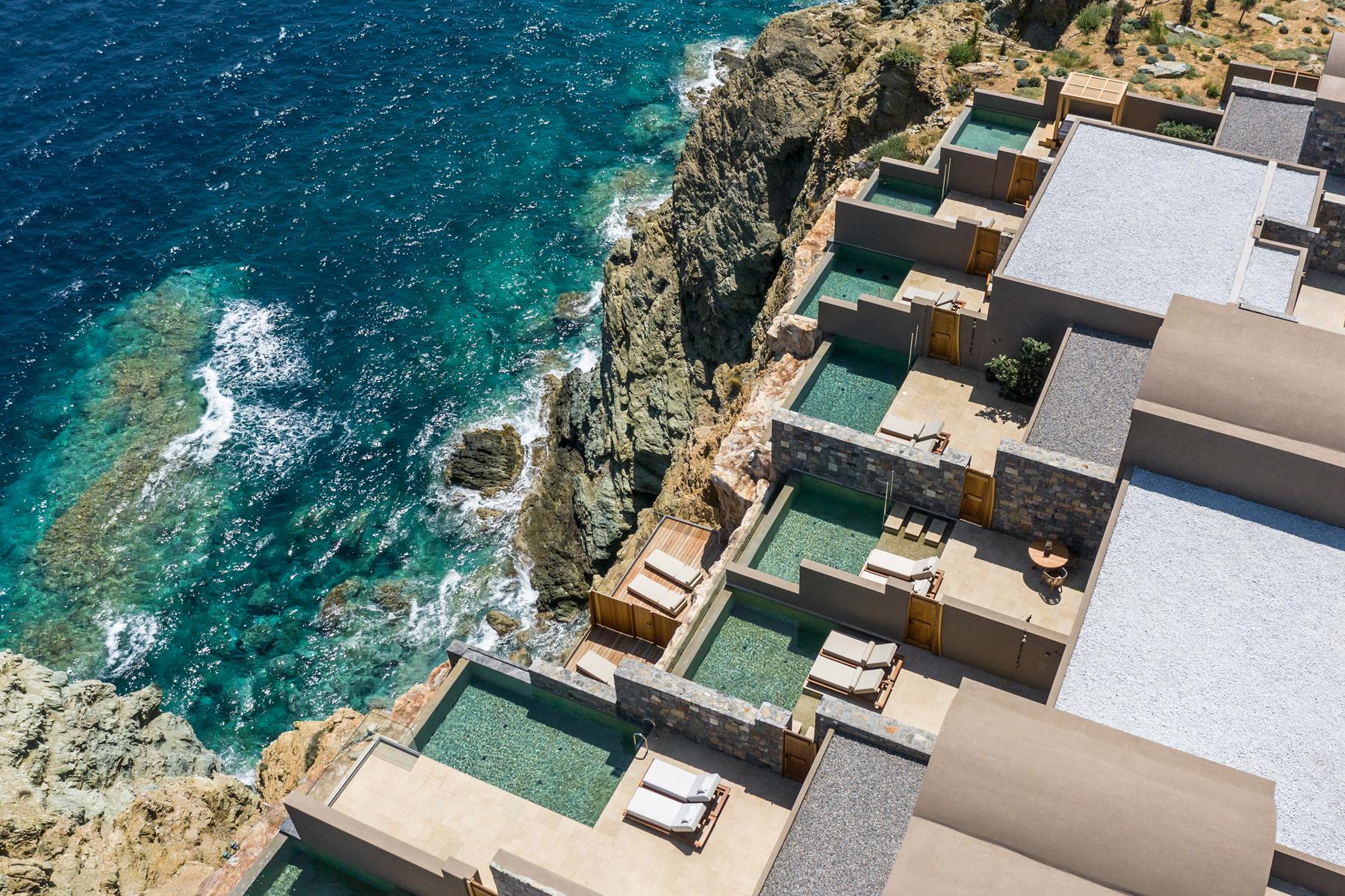How many different faces can a place have? In the case of Crete, many. This is something that the travellers who visited the island in the past centuries and wrote about it, confirm. Acclaimed researchers and even more acclaimed journalists also verify it through their accounts of many very distinct versions of Crete.
A bit like those pictures that change depending on where you stand when you look at them. From the North to the South, from the coastal areas to its inland, from the cosmopolitan hoteliers to the tough cattle farmers, from the old bourgeoisie of Chania to the nouveau riche of Heraklion, the island is full of contrasts and often contradictions, on all levels. And I imagine that’s its charm and the reason you fall for it.
Of course, wine could not be an exception to this rule, as it’s a product closely related to the culture but mainly to the everyday life of the locals. So closely in fact, that I believe that if we could measure the consumption of wine per capita in each area of Greece, then the Cretans would, by far, be the champions. So, here too, we have many faces. From the heady, orange-hued, oxidative reds that express the traditional flavour, at least as it has evolved in the past 100 years, to the technologically-savvy, cosmopolitan expressions of the modern vintners that excite wine critics, the variations are, inevitably, many. The almost 4.000-year presence of vines, and the special terrain that has affected not only the financial development of some areas but also the social development, seem like two obvious reasons for this.
The turbulent history of Crete is also prevalent in the trajectory of its wines, with perhaps the high point being the period of the Venetian rule which lasted more than 400 years, from the beginnings of the 13th century up until the middle of the 17th century. Of course, this is due to the production of Malvasia, the most popular wine of the time, which was in the hands of Venetian merchants. Regarding its origin, its production method, its variety composition, and its characteristics, different hypotheses have been made and continue to be made. The essence being that Crete has been the biggest production centre for this type of wine, and that we may be able to trace its “reflections” even in the most traditional parts of its vineyard.
The Ottoman rule restricted the production of wine within the confines of the monasteries and of peasant winemaking, forming habits and practices that, to some extent, still exist. I don’t know whether there exists another area in Greece with so many small vineyard owners and amateur vintners, all of them proud and certain of the “purity” and extraordinary quality of their product. So much so that you often face the dilemma: Do I lose a friend or…have an upset stomach tomorrow?
However, things are changing impressively fast. Already in the past twenty years, the modern, organised wineries have multiplied, reaching around 100 in number, with 10-15 of them being the “steam engines: that need to pull behind them the rest of the…train; a train “loaded” with many thousand tonnes of wine that come from approximately 80.000 acres of wine vines, without taking into account the Soultanina grape with the triple use – their centre of the winemaking activity being the inland of Heraklion but with many vines all over Crete.
The varieties
Even though the ampelographers of the 19th century have recorded up to 72 grape varieties in the Cretan vineyard, of course not all of them distinct to one another, and not all of them appropriate for winemaking, today fewer than 10 cover large areas, while an equal number of cosmopolitan varieties also has a notable presence.
Among them, at the moment, the first place is held by the red Liatiko, an ancient variety that got its name due to its earliness (Iouliatiko, i.e. ‘that happens in July’ in Greece, >Liatiko), which produces wines with high levels of alcohol often with variable colour. The also red Kotsifali and Romeiko – this is grown almost exclusively in Chania – follow, and the white Vilana, an old variety that, as its name implies (from the Venetian villano = rough, coarse) was not valued much, although now there are some very well-made options available. Also, the red Tsardana, from the same family as Romeiko, that we only find in western Crete, the red Mandilari, and the white Thrapsathiri and Vidiano (the rising star of the Cretan vineyard that is “already making it abroad”) and the white small-grape Muscat, with the local clones of Spina and Maza. The most popular cosmopolitan varieties on the island are the Mediterranean reds Syrah and Grenache and the ever-present Cabernet Sauvignon.
At the vineyards and the wineries
In essence, wherever you are in Crete – with very few exceptions – there will be a winery nearby worth visiting and tasting its wines. Ideally, however, if you really want to explore all the wine-making zones on the island, you’ll drive about 300 kilometres on the Northern Road Axis of Crete (A90) from mount Kissamos, in the West, to Sitia in the East, making many detours to the South, especially in the wider area of Heraklion. Alternatively, just keep on reading.
Chania
The vineyards of the Prefectural Administration of Chania cover more than 15.000 acres, and they stretch mostly along the northern coast, with the best located in the northern slopes of Lefka Ori. Approximately 80% of them are covered by Romeiko, a local grape variety, with many clones, productive, highly alcoholic, with poor colour intensity, that is used to make the very popular, locally, Marouvas wine. If one can find real Marouvas, and not something sold in plastic water bottles, it’s worth trying, even if just for the experience. It is a special red wine, of high alcoholic content, intensely oxidative with aromas that even evoke cognac. The aging process resembles an early version of the solera system that is used for the Spanish sherry. The area only has two Protected Geographical Indications (PGI): Chania and Kissamos.
The area’s wineries that stand out:
Manousakis Winery in the village of Vatolakkos, on the way to the Omalos Plateau, around 15 kilometres southwest of the city of Chania. Theodoros Manousakis, a Cretan raised in the USA, passionate about his homeland, with the help of French specialists, pedologists and viticulturists, has created one of the most beautiful vineyards in Crete. At altitudes of 350 and 600 metres above sea-level the “southern” red varieties of Syrah, Grenache Rouge and Mourvèdre, together with the white Roussanne, were planted and in the care of oenologists Kostis and Giannis Galanis produce wines with strong personality and of high quality. Alexandra Manousakis oversees the brand new and very beautiful winery that is open to visitors.
The Anoskeli winery is also open to visitors, owned by the well-known Mamidakis family. It’s located in the village of the same name, on the way to Paliochora, right outside of Voukolies. It offers a small selection of well-made wines from its private vineyard, using Greek and cosmopolitan varieties.
Just before you reach Voukolies, at Pontikiana village, you will find the Karavitakis Estate and Winery. The creation of experienced oenologist Manolis Karavitakis, who has now passed the business to his son, Nikos, it offers a reliable line of products that are based mostly on well-travelled grape varieties, which they grow on their private vineyards as well as on contract ones.
Another family producing good work in the field, is Andreas Dourakis’ family, and you can visit their winery located in Alikampos on the way to Sfakia, while it’s also worth visiting the Monastery of Agia Triada Tsangarolon in the Akrotiri peninsula, that offers more traditional wines, even when they come from international varieties. Rare but extremely interesting are the labels of the small winery Endochora, in Apokoronas.
Rethymno
Even though according to unofficial estimates there are more than 3.500 vine owners in the area, only a few of them own more than 5 acres. So, the over 12.000 acres stretching from the North to the South, are mainly used in peasant winemaking and of course in the production of tsikoudia (a fragrant, grape-based pomace brandy with high alcohol content, produced in Crete). The most promising wineries in the area are the Klados family winery, near the village of Skepasti in Milopotamos, which is now run by the family’s next generation, the brand-new Kourkoulou Winery in the village of Prasses in Amario, and the Malihin-Chryssos Winery in the village Melambes, in Agios Vasilios. Since 2011 the area of Rethymno has been recognised as a PGI, something that essentially covers all the vineyards in the area.
Heraklion
It would not be an overstatement to say that this is where the heart of winemaking beats in Crete since the vines within the prefecture cover around 40.000 acres. And we only mean wine vines, because if we take into account the “three-way grape”, Soultanina (used as a table grape, to make wine, and to make raisins), then the size multiplies. But it’s not just the size of the vines, nor the five Protected Designations of Origin (PDO) that have been registered here and basically cover the largest part of the area, from the northern to the southern coast. What plays the most important role is the new generation of vintners who have invested in vines and facilities creating the conditions for the production of high-quality wines.
In the prefecture of Heraklion 5 PDO zones have been registered: PDO Archanes (only dry red wines from KotsifaIi and Mandilari), PDO Peza (dry white from Vilana and dry red from Kotsifali and Mandilari), PDO Dafnes (dry red wines from Liatiko with the addition of up to 20% Mandilari, sweet red wines from Liatiko), PDO Handakas-Candia (established only in 2011, it overlaps with the other three. Dry white wines with Vilana at their base, with the optional addition of Vidiano, Assyrtiko, Athiri and Thrapsathiri up to 15%, as well as dry red wines from co-fermentation of the varieties Kotsifali-Mandilari in a 70/30 ratio) and finally, PDO Malvasia Handakas-Candia (various types of sweet wine, mainly from white varieties, that of course resemble the old Malvasia). However, most winemakers mainly use the Protected Geographical Indication “Crete” which allows room for different compositions and experimentation, apart from also being a lot more recognizable.
If all of the above seem too complicated, just remember that Vilana, at its best, produces white wines with delicate aromas and pleasant acidity, the up-and-coming Vidiano, which is a must for every “proper” winery, gives full bodied white wines, with high alcohol content, expressive on the nose, Kotsifali produces aromatic, soft red wines, Mandilari -the well-known Mandilaria from the Aegean sea- is described by the tight tannins and the rich colour, while last but not least, Liatiko gives us highly alcoholic, light-coloured, almost orange in traditional vinification, wines with rich aromas and very mild tannins.
Over 40 wineries operate in the area offering a huge selection in qualities, prices, and characters. Among them we recommend:
The Douloufakis Winery in Dafnes village, that is open to visitors and is less than 20 km south of the city of Heraklion. Oenologist Nikos Douloufakis has carried on his family’s tradition in winemaking and vine-growing working both with international and traditional local varieties. You must try the white Dafnios, one of the best examples of tank Vidiano, but also its red brother which honours the PDO Dafnes. Also, try its twin, Aspros Lagos, from Vidiano in its white version, and from Cabernet Sauvignon in its red version.
A few kilometres further away, in the small village Siva, the winery of the Daskalakis family welcomes visitors with a remarkable selection of wines, from local and international varieties that are grown mostly on private vineyards.
The Diamantakis brothers’ winery outside the Kato Assites village offers warm hospitality and a chance to taste the excellent Vidiano, and the white and red Diamantopetra, as well as the affordable Prinos wine series. Their red Petali is one of the most enjoyable examples of dry Liatiko.
In the Venerato village, the Idaia Winery and oenologist Vasilis Laderos offer twelve labels that include a very nice Vilana, a tasty Vidiano, and a charming, sweet Liatiko.
On our way to Moires, in the village Plouti we find the Domaine Zacharioudakis’ winery. The 200-acre vineyard which has been planted on small and large stone walls on the steep slopes of a hill, surrounds the modern, beautiful winery. Of its labels the Vidiano and the complex Orthi Petra Reserve stand out.
The southernmost winery of Europe is in Kasteliana, in the northern edges of the Asterousia Mountains. Here, the Strataridakis brothers, both agriculturists, using their knowledge and the produce of their family vineyard, offer a well-made wine collection from which the aromatic, dry white Spinas Muscat, the red Ixnilatis Cabernet Sauvignon – Kotsifali, and the full-bodied red Barbatus stand out.
The Fantaxometoho Estate Vineyard of the Boutaris Winery, in Skalani, a few kilometres away from Heraklion, offers a complete wine tasting experience, even providing accommodation. The impressive winery surrounded by 70 acres of vines supports the production of company’s popular Cretan Wines but also offers the great pair of Scalarea in white and red, as well as the sweet red Iouliatiko.
The name of the Lyrarakis Winery in Alagni has been linked to the effort to preserve and promote forgotten varieties of the Cretan vine. If nothing else, we owe to them the Plytó and Dafni wines. We particularly love their series of single variety wines for the way they showcase each variety’s characteristics, but also the special features of each vine location. If you try the white Thrapsathiri you’ll know what I mean!
Finally, we mustn’t overlook the great work of Nikos Gavalas in Vorias Monofatsi, and that of the Maragakis brothers in Stavrakia village. We recommend the flawless white Vilana and the vivacious, dry red Efivos from Gavalas winery, and the 8i Techni pair from the Maragakis winery.
Lasithi
Around 11.000 acres of vineyards are concentrated in the eastern part of the prefecture, near Sitia, which is covered almost in its entirety with the Protected Designation of Origin “Sitia”. Liatiko, that possibly has its origins here, is the main variety of dry red PDO Sitia, with the addition of up to 20% Mandilari, while for the white dry wine we have Vilana with the addition of up to 30% Thrapsathiri. For the sweet red wines only Liatiko can be used, while for the Malvasia Sitia appellation the legislation is similar to that of Handakas. The Toplou Monastery, on the way to Vai, as well as the Economou Winery on the Ziros mountains are the only interesting and necessary stops in the area. Especially the Economou Winery, due to the rarity and the special personality of two PDO Sitia wines that it produces – one white and one red – is included in the leading Cretan wineries.



